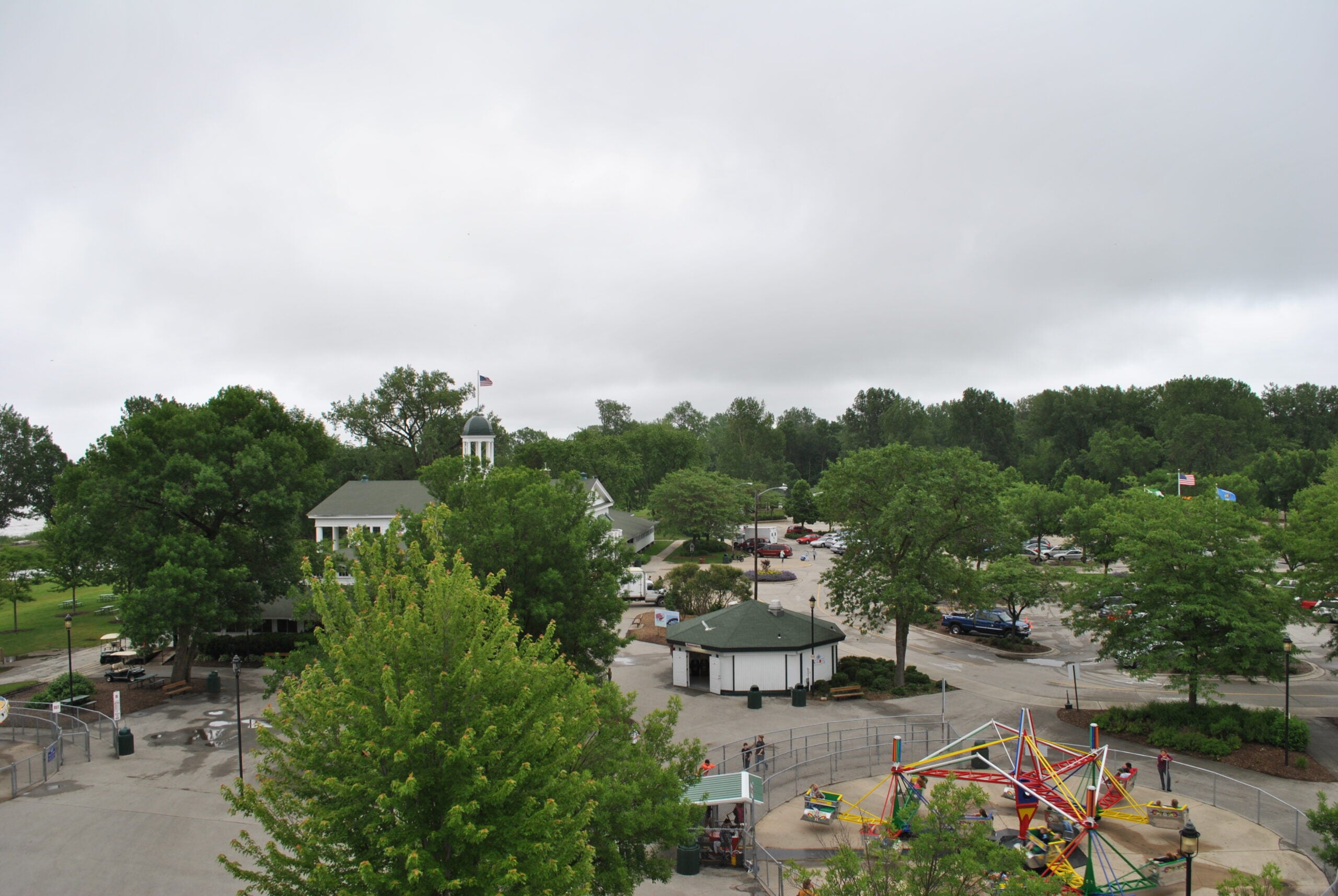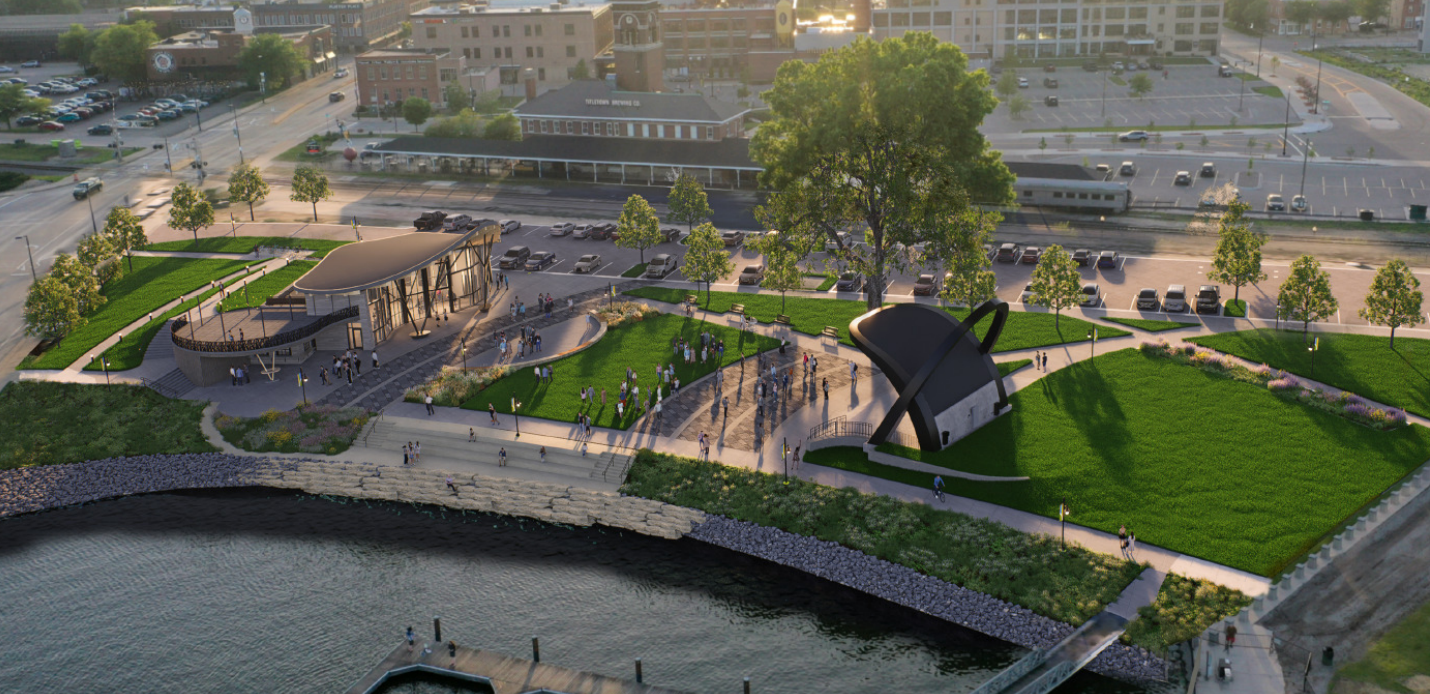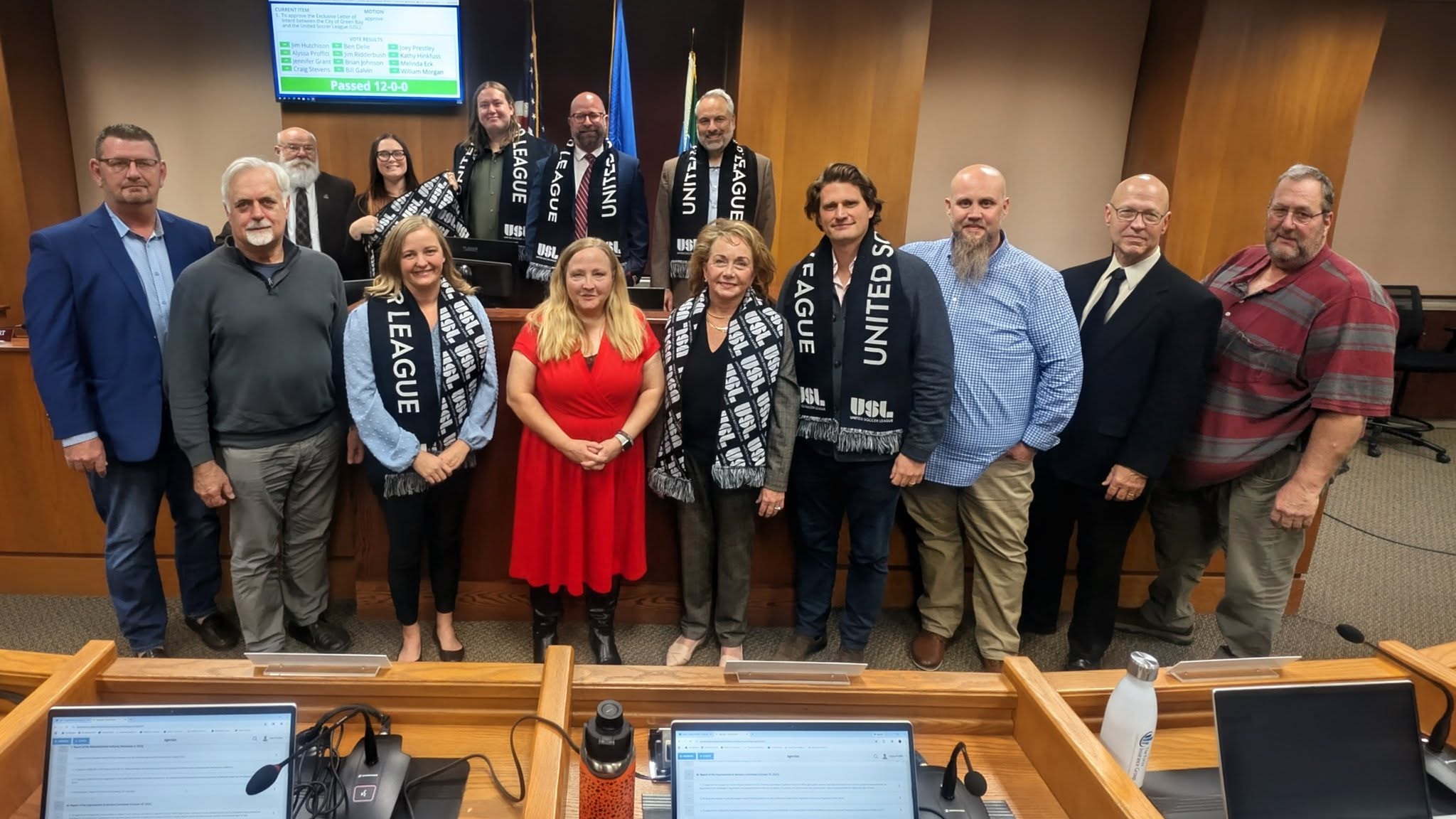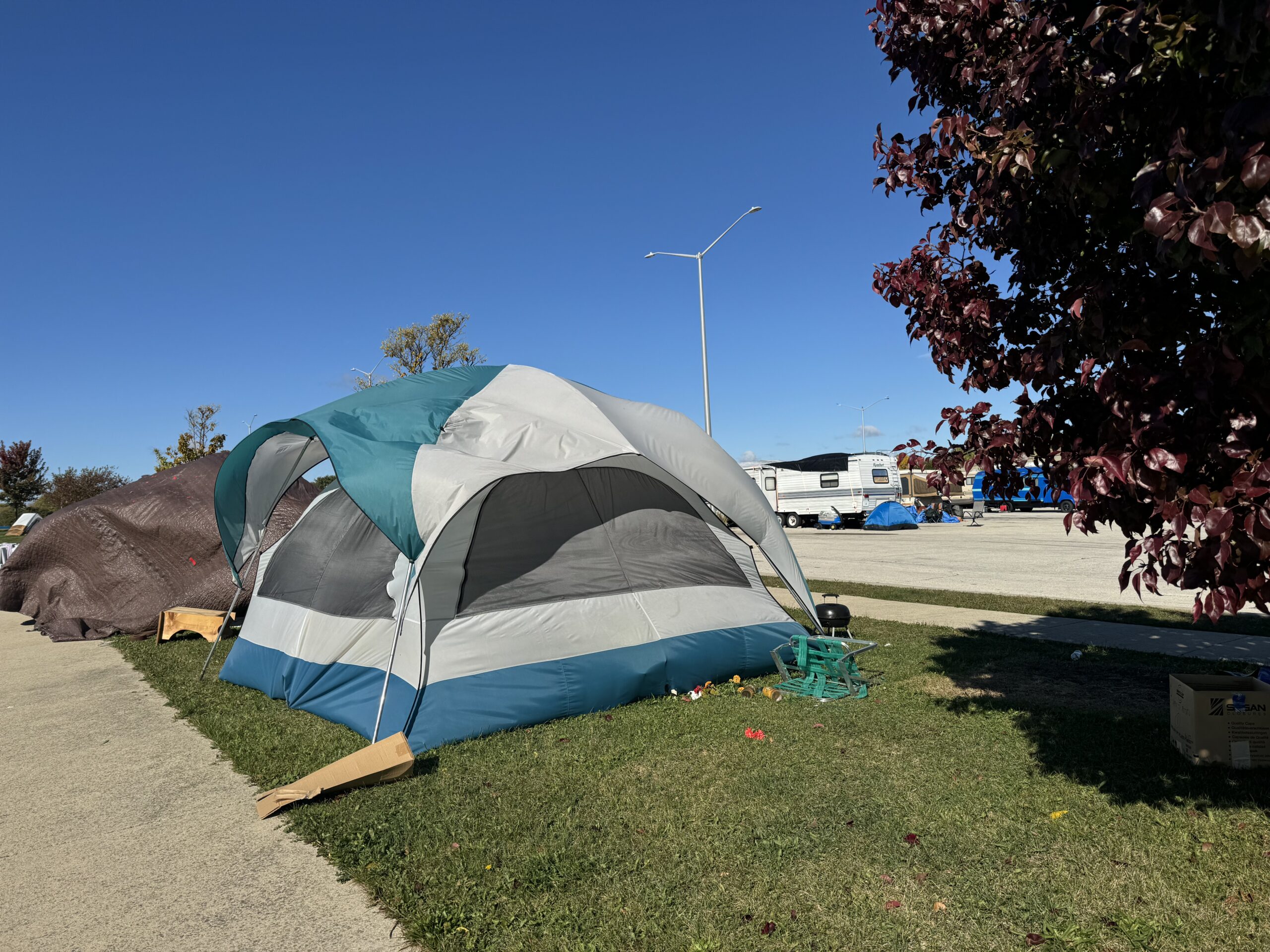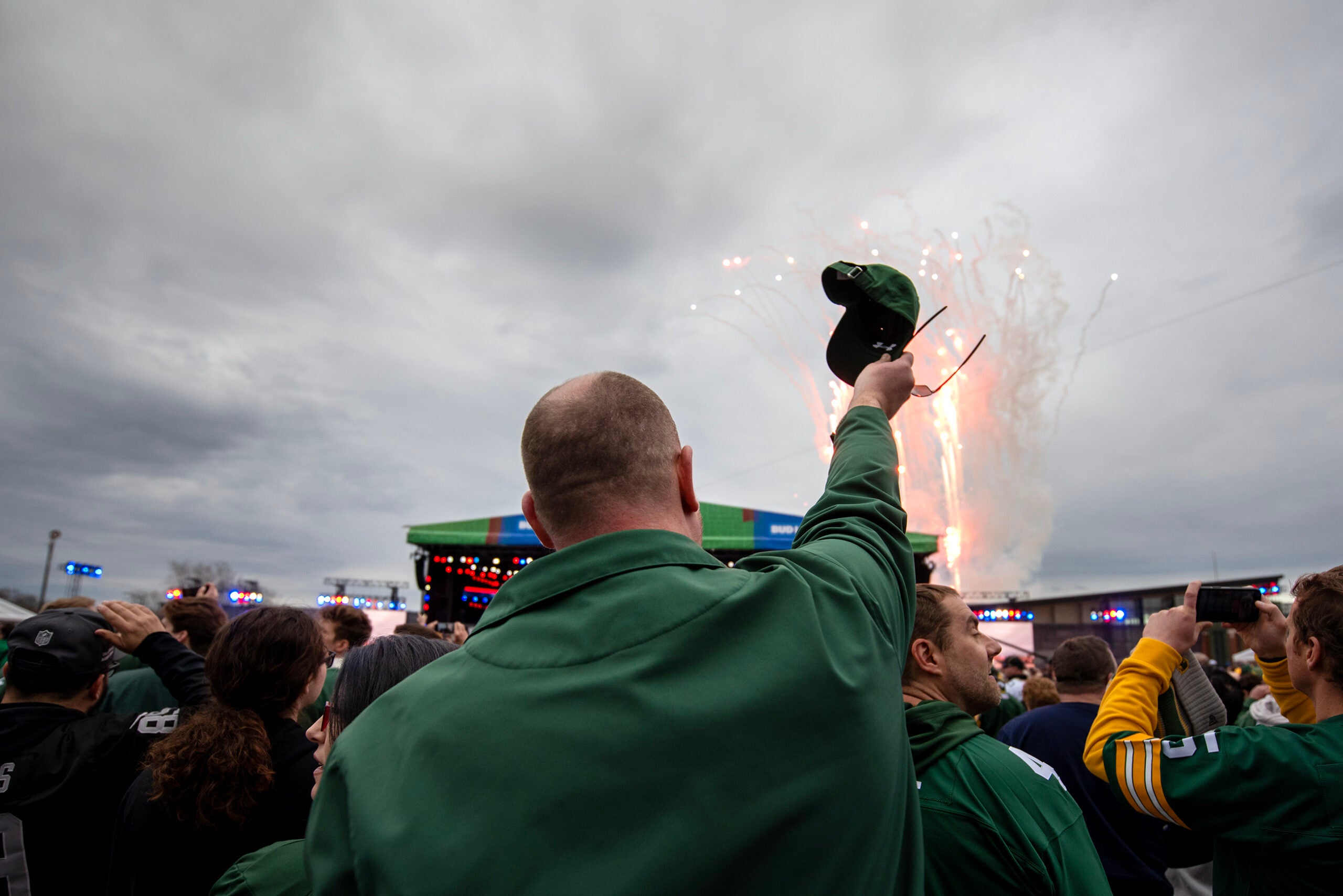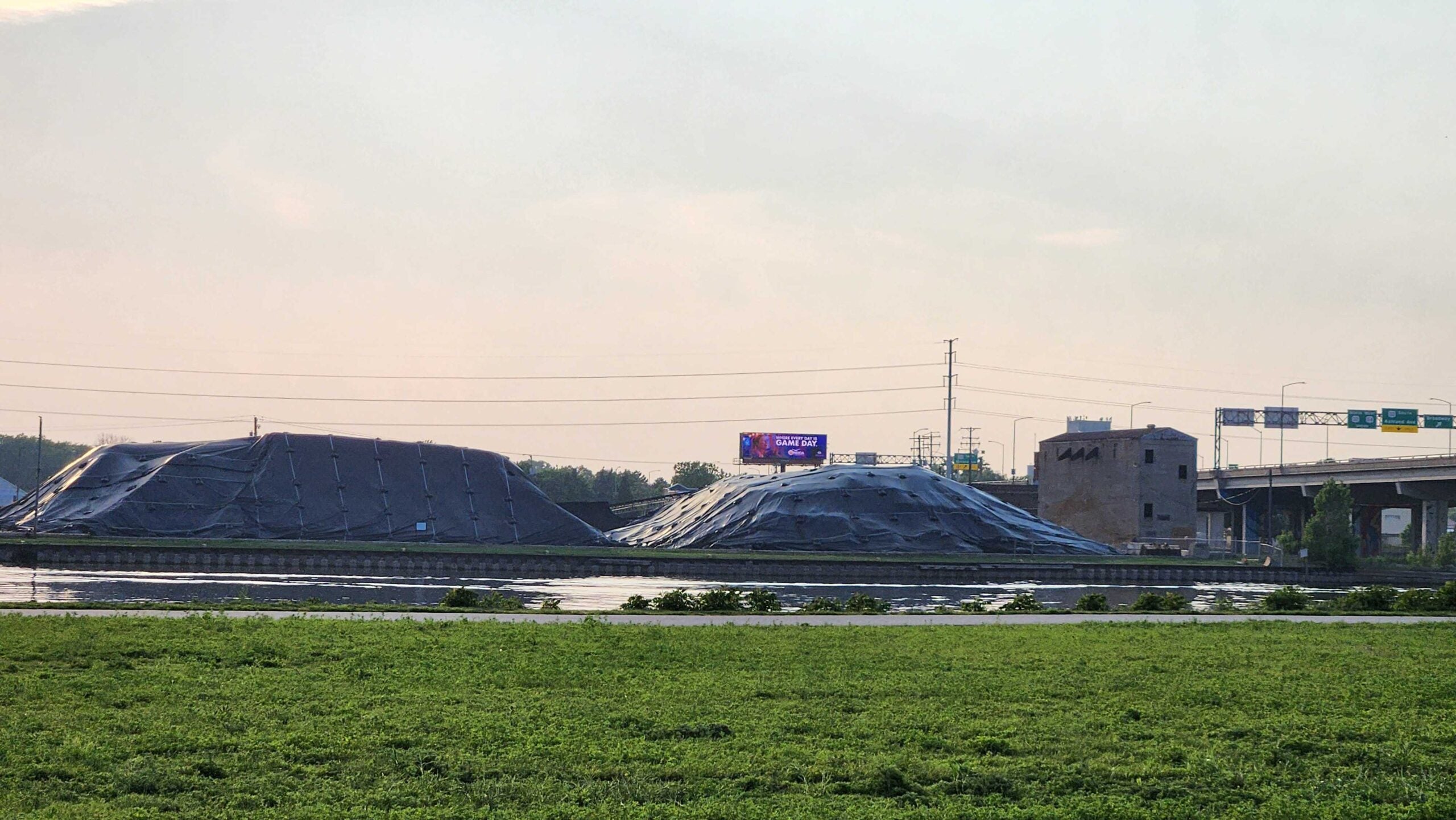In late March the Wisconsin Department of Natural Resources approved a permit for the city of Green Bay to build a 2.9-acre sand beach at Bay Beach Amusement Park.
Green Bay Mayor Jim Schmitt said getting the DNR permit was the biggest hurdle of the project.
“That was the biggest hurdle on this project, the DNR permit,” he said. “You can say money is a hurdle but money is doable.”
News with a little more humanity
WPR’s “Wisconsin Today” newsletter keeps you connected to the state you love without feeling overwhelmed. No paywall. No agenda. No corporate filter.
The city council approved $5 million in bonds and Schmitt said there is another $1 million in committed donations.
The beach was closed in the 1940s due to pollution, however the popular amusement park remained open and is still in operation.
Schmitt hopes to reopen the beach in summer 2019.
The bonds will also pay for a pier that will reach 450 feet into the bay of Green Bay, a concession stand, a bath house and changing room, and a larger parking lot. Schmitt said the five-year bonds may be paid off early because he expects the beach to draw more people to the park.
The city of Green Bay secured the DNR permit by meeting the agency’s water quality guidelines. They also have a plan in place to close the beach if the water ever becomes contaminated.
According to Julia Noordyk, water contamination is a concern. Noordyk is a water quality outreach specialist with the University of Wisconsin Sea Grant Institute. She examines water quality and restoration projects on Green Bay and the Lower Fox River.
Noordyk said blue green algae blooms are common on the Lower Fox River and the bay.
“The bay is shallow and when it is warm, sunny and calm these green algal blooms form” she said, adding that Green Bay’s industrial nature compounds the issue. “Basically we have a lot of excess nutrients that enter the bay through the river and fertilize the algae.”
While the Lower Fox River and Green Bay are known for industrial polychlorinated biphenyls (PCBs), Noordyk said those contaminants aren’t much of a concern. There is also a project underway to dredge the pollutants out of river and bay sediments.
“Swimming contact would not be a risk for PCB contamination. You’re going to have a higher risk through the consumption of fish and waterfowl in the Bay of Green Bay,” she said.
While funding for Bay Beach improvements are already accounted for, a change to state law could help pay the debt off early, by relaxing the regulations private organizations must meet to donate labor and materials to construct facilities on government-owned property.
Dan Ditscheit, interim park’s director in Green Bay, said the new law “saves the donors money because they don’t have to follow the state bidding laws,” adding the law simplifies the application process in terms of what contractors can be hired for projects that involve civic money.
In scenarios where city money is being used for a project, the park would still have to follow state statutes for bidding laws, Ditscheit said.
He said the new rules most likely will not apply to the restoration of the beach, but may allow flexibility in paying for other improvements to the park, such as adding rides like “The Big Wheel” ferris wheel that is being installed.
Ditscheit said it also leaves the door open for the prospect of naming rights, though he said that would be considered on a case-by-case basis.
Schmitt expects the restored beach and other facilities will increase park attendance between 3 and 5 percent annually. Last year he said the park made a profit of $780,000.
He added the restoration is not about money, because no one will have to pay to park or to swim.
“I want a free beach. I want people to bring a book and watch people,” Schmitt said. And if people want to spend a little money, he said that’s fine too. “I hope people buy an ice cream cone or hamburger. But … the beach is free.”
Wisconsin Public Radio, © Copyright 2025, Board of Regents of the University of Wisconsin System and Wisconsin Educational Communications Board.

